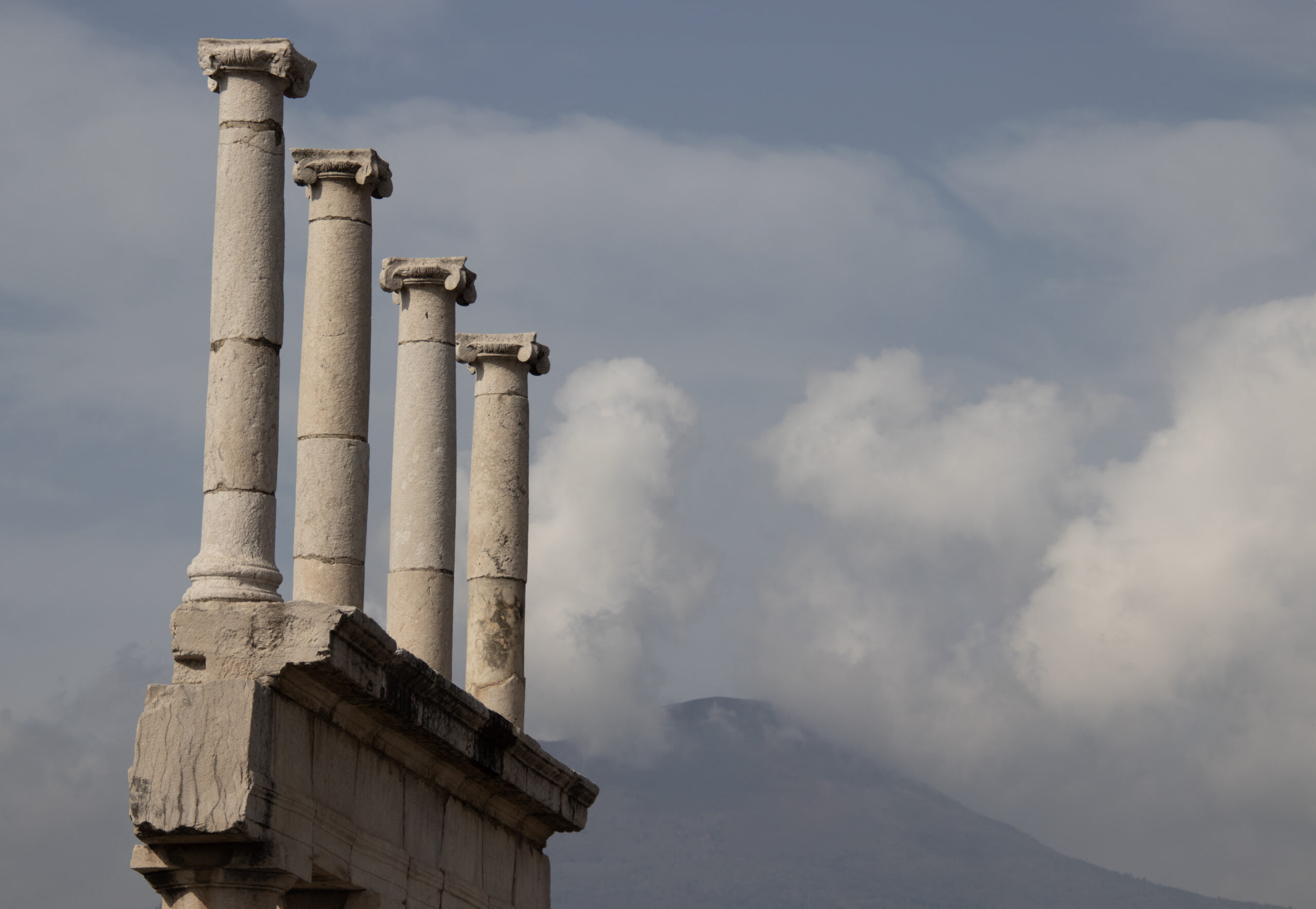Running your own business is tough, and it is important to take advantage of all available deductions when preparing your taxes. The IRS defines allowable business expenses as those expenses that are “ordinary and necessary” costs of doing business. If you spend time working at home, expenses related to your home’s upkeep (mortgage interest, insurance, utilities, repairs & maintenance, depreciation and/or rent) may also be deducted via the “home office deduction.”
To qualify for this deduction, the IRS sets forth a few requirements:
1. Your use of the business part of your home must be:
a. Exclusive (however, see Exceptions to exclusive use, later),
b. Regular, and
c. For your business.
2. The business part of your home must be:
a. Your principal place of business (defined later).
b. A place where you meet or deal with patients, clients, or customers in the normal course of your business; or
c. A separate structure (not attached to your home) you use in connection with your business.
Ok, so most work at home individuals running their own business meet one of these criteria. You now have two choices, calculate the actual costs associated with your home business space, or utilize the simplified method to compute your deduction.
Actual expense method. As outlined above, mortgage interest, insurance, utilities, repairs & maintenance, depreciation and/or rent are the most common business-related home office expenses. However, you must identify what portion of these relates to your home office space. Typically, this is done using a ratio of home office Ft2 to total home Ft2, multiplied by the associated expense. Recordkeeping here may become arduous, and there are other things to consider. I.e. – depending upon where the home office is located on your property, you may need to account for home office depreciation expenses when selling your home.
Simplified method. For home office space up to 300 square feet, simply multiply home office Ft2 by $5. This method avoids most of the recordkeeping and potential down the road hassles of using actual expense to compute your deduction.
The IRS does allow you to switch methods from one tax year to another, so it may benefit you to test each method and determine which yields the highest deduction. Below is a good reference article on this topic.



